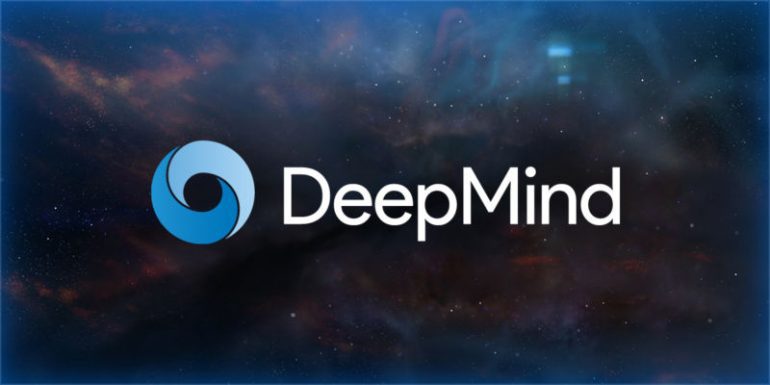- DeepMind’s V2A technology aims to generate synchronized soundtracks and dialogue for videos autonomously.
- It bridges a gap in AI-generated media by interpreting video descriptions to create music, sound effects, and dialogue.
- Powered by a diffusion model trained on diverse datasets including audio, dialogue transcripts, and video clips.
- Challenges remain in handling video artifacts and ensuring audio quality consistency.
- DeepMind plans rigorous safety assessments before potentially releasing V2A publicly.
Main AI News:
DeepMind, the renowned AI research lab under Google, is pioneering advanced technology aimed at revolutionizing media creation. Their latest innovation, V2A (Video-to-Audio), promises to bridge the gap in AI-generated content by enabling the generation of synchronized soundtracks and dialogue for videos.
In a recent blog post, DeepMind highlights V2A as a crucial component in the realm of AI-generated media. While existing video-generation AI models excel in visual output, they often lack the capability to integrate sound effects seamlessly. V2A seeks to change that by interpreting video descriptions—such as underwater scenes with pulsating jellyfish and marine life—to produce music, sound effects, and dialogue that authentically match the video’s context.
Powered by a sophisticated diffusion model, V2A learns from a diverse dataset encompassing audio, dialogue transcripts, and video clips. This training enables the AI to associate specific audio cues with visual scenes, leveraging DeepMind’s SynthID technology to combat deepfakes effectively.
Despite its advancements, DeepMind acknowledges room for improvement. The current model struggles with videos containing artifacts or distortions, leading to occasional audio quality issues noted by industry observers.
While similar AI-powered tools exist, DeepMind distinguishes V2A by its ability to autonomously synchronize generated sounds with video content, often without detailed descriptions. However, due to concerns over misuse and quality control, DeepMind has refrained from releasing V2A to the public, emphasizing the need for rigorous safety assessments and stakeholder feedback.
Looking ahead, DeepMind positions V2A as invaluable for archivists and historical filmmakers, yet recognizes its potential disruption to traditional media industries. Addressing concerns about job displacement, DeepMind asserts the importance of implementing robust labor protections in tandem with advancing generative AI technologies.
Conclusion:
Innovations like DeepMind’s V2A technology signal a transformative shift in media creation, offering unprecedented capabilities in generating synchronized audio for videos. While promising for creative industries and historical archivists, the technology’s impact on traditional media sectors underscores the need for careful integration and regulatory considerations to mitigate potential disruptions.

